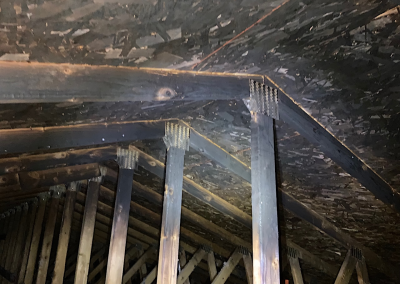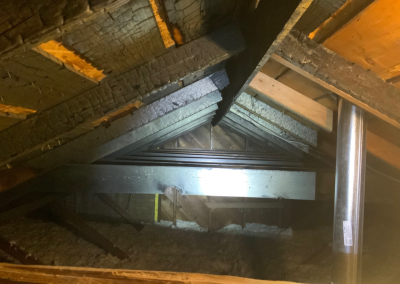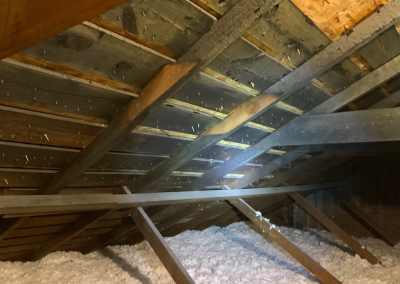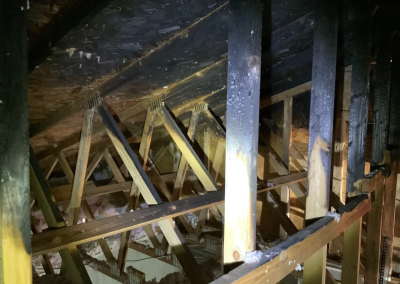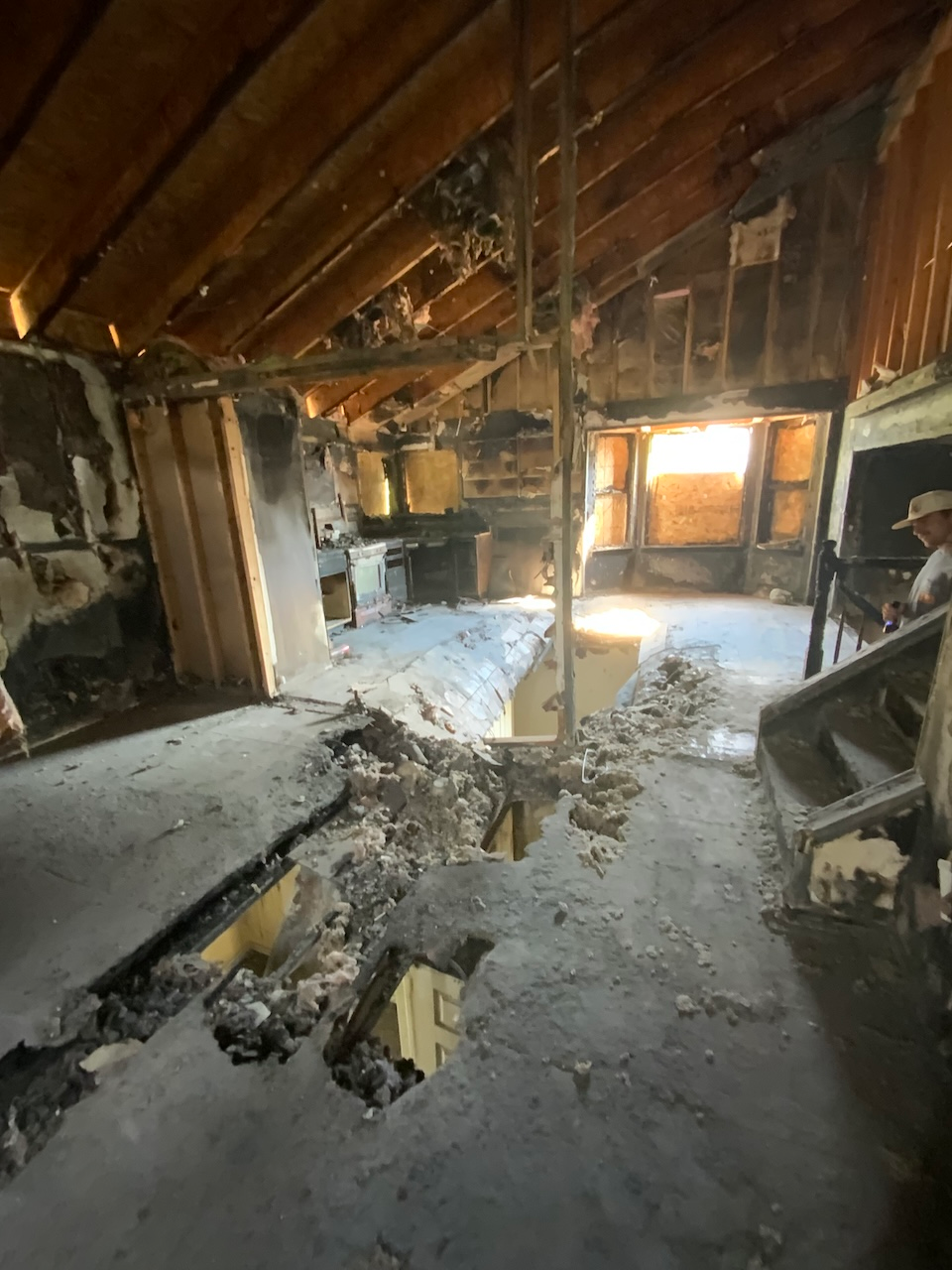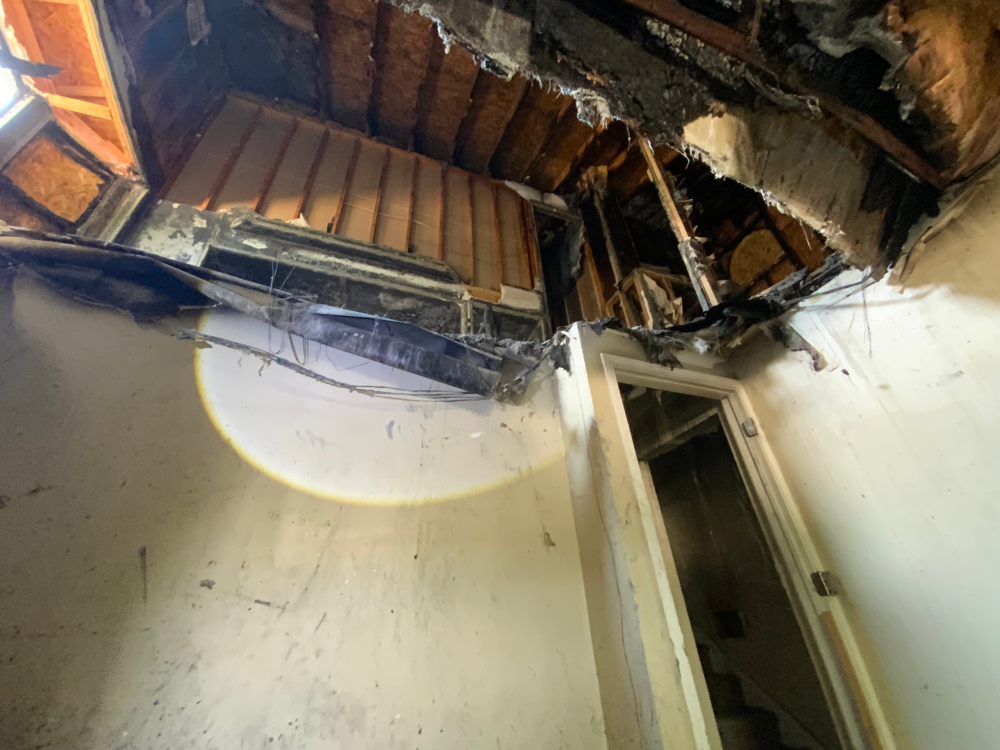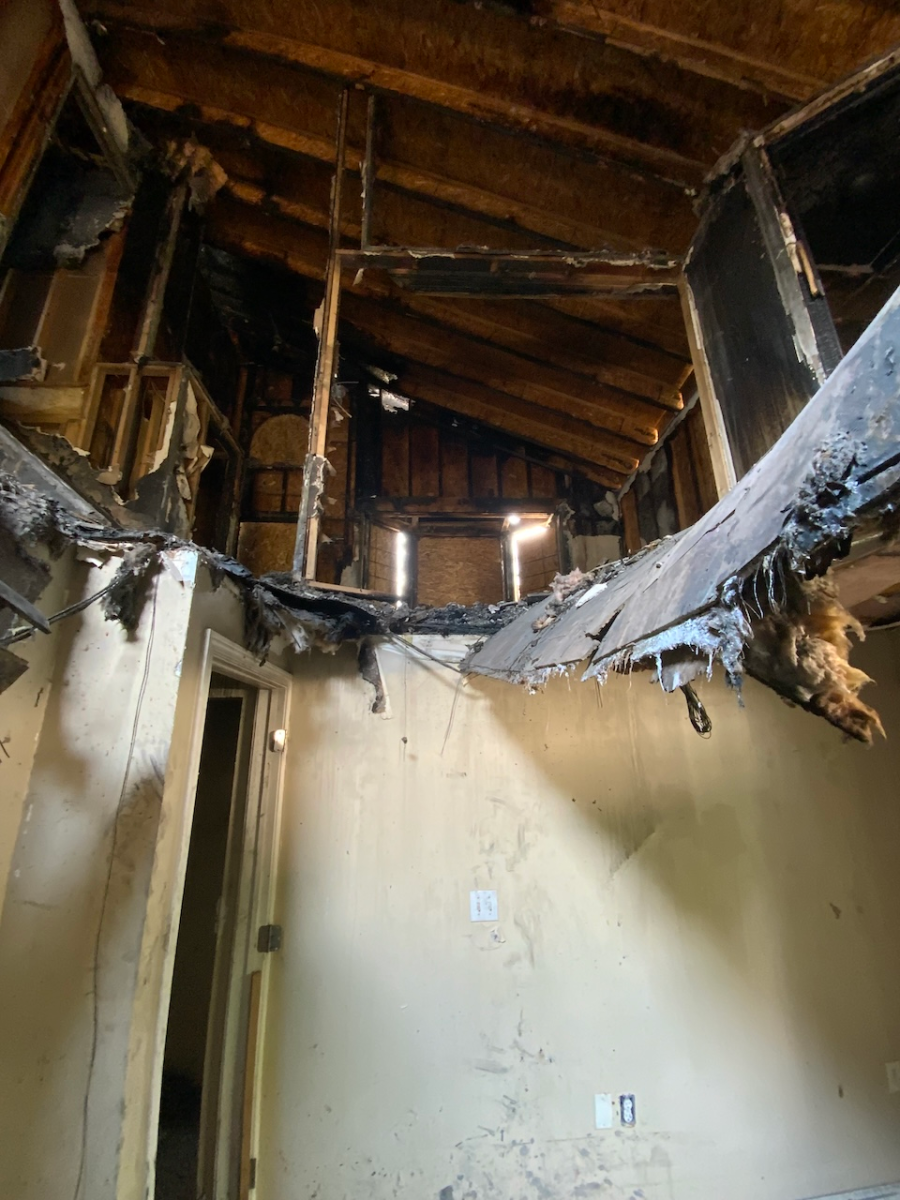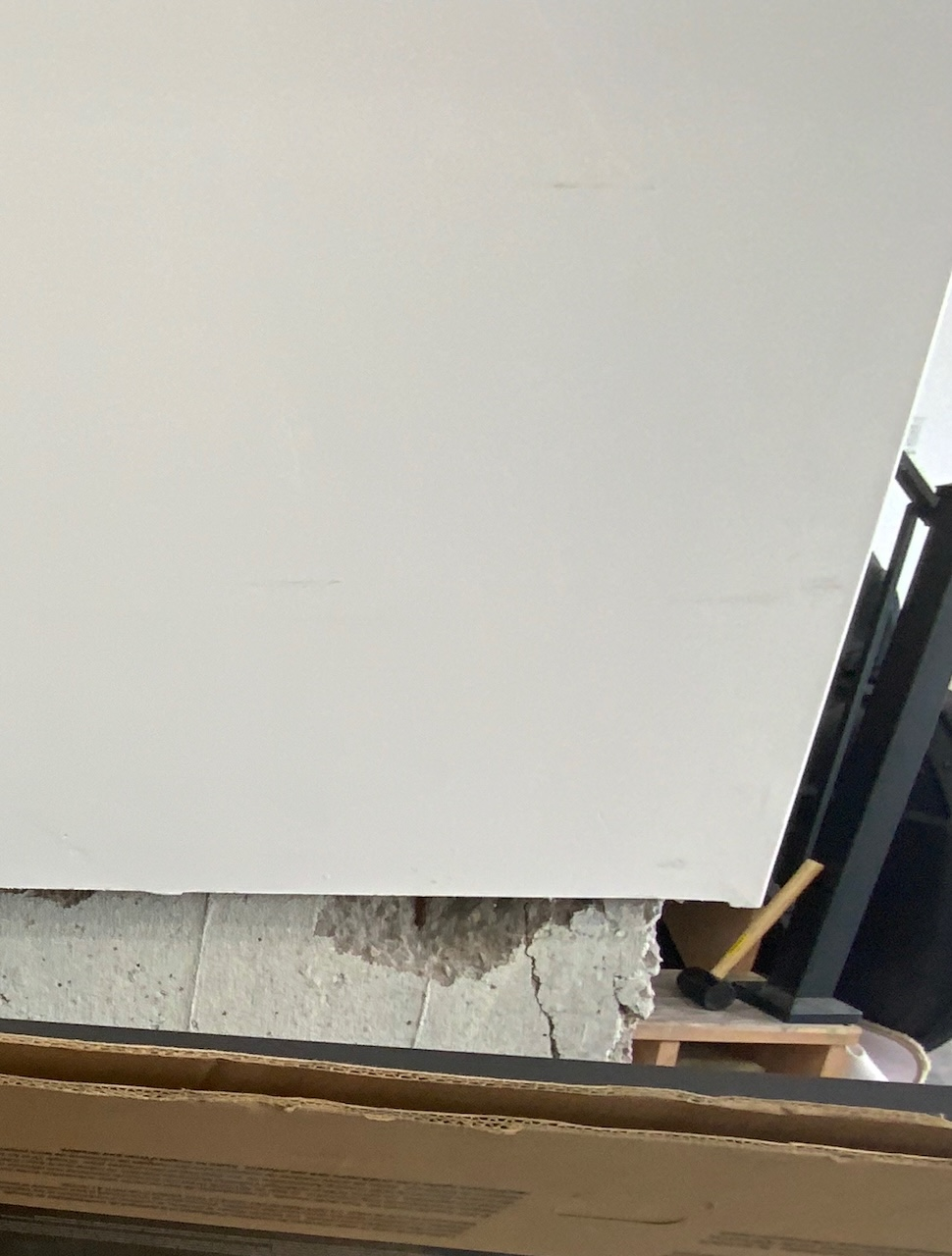The aftermath of a house fire is devastating. Beyond the visible destruction, the intense heat and direct flame exposure can inflict significant, often unseen, structural damage that compromises the entire integrity of your home. While insurance adjusters and general contractors play vital roles in the restoration process, a specialized assessment by a Utah structural engineer is absolutely critical to ensuring your home is truly safe and sound for rebuilding.
At Blue Sky Engineering, we understand the complex ways fire impacts building materials. Our expertise as a trusted Utah structural engineering firm allows us to accurately assess the full extent of damage, which is essential for a safe and successful recovery.
The Invisible Threats: How Fire Damages Your Home’s Structure
Fire doesn’t just burn; it fundamentally alters materials, weakening their load-bearing capacity and overall stability. Here’s what happens to key structural components:
Trusses & Wood Framing (Walls, Floor Joists):
-
- Charring: Visible charring indicates direct flame impingement, reducing the cross-sectional area of the wood and thus its strength.
- Calcination: Even without direct charring, intense heat can cause wood to calcine, breaking down its cellular structure and significantly weakening it, making it brittle and less capable of bearing loads.
- Delamination: For engineered wood products like glued laminated timber (glulam) or plywood/OSB sheathing (common in floor joists and wall sheathing), extreme heat can cause the adhesive to fail, leading to delamination and loss of integrity.
- Deflection & Sagging: Heat can cause beams and joists to warp, twist, or sag (deflect) beyond acceptable limits, even if they don’t appear heavily charred. This means they are no longer able to safely support the weight above them.
Concrete Foundation Walls:
-
- Spalling & Cracking: While concrete is non-combustible, intense heat can cause its trapped moisture to vaporize and expand rapidly, leading to spalling (surface chunks breaking off) and deep cracking.
- Loss of Strength: Sustained high temperatures can degrade the cement paste and aggregate, significantly reducing the concrete’s compressive strength, even if visible surface damage is minimal. This is why foundation wall damage due to fire can occur even if no damage is immediately visible – the internal strength is compromised.
- Reinforcement Damage: High temperatures can weaken the steel rebar embedded within concrete, reducing its tensile strength and bond with the concrete, further compromising the foundation.
Why a Structural Engineer is Essential for Fire Restoration
A general contractor excels at demolition and reconstruction, and an insurance adjuster assesses monetary value. However, neither typically possesses the specialized knowledge to precisely evaluate the integrity of fire-damaged structural elements. That’s where a consulting structural engineer becomes indispensable:
Accurate Assessment of Hidden Damage: Fire damage is often deceptive. What looks minor on the surface might hide severely compromised elements within walls, floors, or the roof structure. Our Utah structural engineers can determine not just visible damage but also the extent of heat-induced degradation, even in concrete and steel that appears intact.
Determining Structural Viability: We assess whether individual components (trusses, beams, columns, foundation walls) retain sufficient residual strength to continue performing their function safely. This includes evaluating char depth, deflection, and material degradation.
Code Compliance for Rebuilding: Rebuilding must meet current building codes, which may be stricter than when the original structure was built. Our residential structural engineers ensure that all proposed repairs and replacements meet these stringent requirements, including seismic design considerations for our region.
Optimizing Repair vs. Replace Decisions: Replacing an entire roof structure or foundation can be significantly more expensive and time-consuming than targeted repairs. Our expertise helps determine if components can be safely repaired or reinforced, or if full replacement is the only safe option, potentially saving you costs and time.
Engineering for Safety & Longevity: Our goal is not just to make the house look whole again, but to ensure its long-term safety and structural integrity. We provide the precise structural design plans needed for rebuilding, guaranteeing your home is as strong, or stronger, than it was before the fire.
Peace of Mind: Knowing that the structural soundness of your fire-damaged home has been professionally evaluated and certified by a Utah structural engineer provides invaluable peace of mind for you and your family.
Don’t Rebuild on Uncertainty
Recovering from a fire is a challenging time. Make informed decisions about your home’s future by ensuring its structural integrity is thoroughly assessed by experts. Relying solely on visual inspection or general contractor opinions for structural issues can lead to dangerous and costly oversights.
Contact Blue Sky Engineering today for a critical structural evaluation of your fire-damaged property.
Let our experienced Utah structural engineers provide the reliable assessment and guidance you need to rebuild with confidence and safety.

